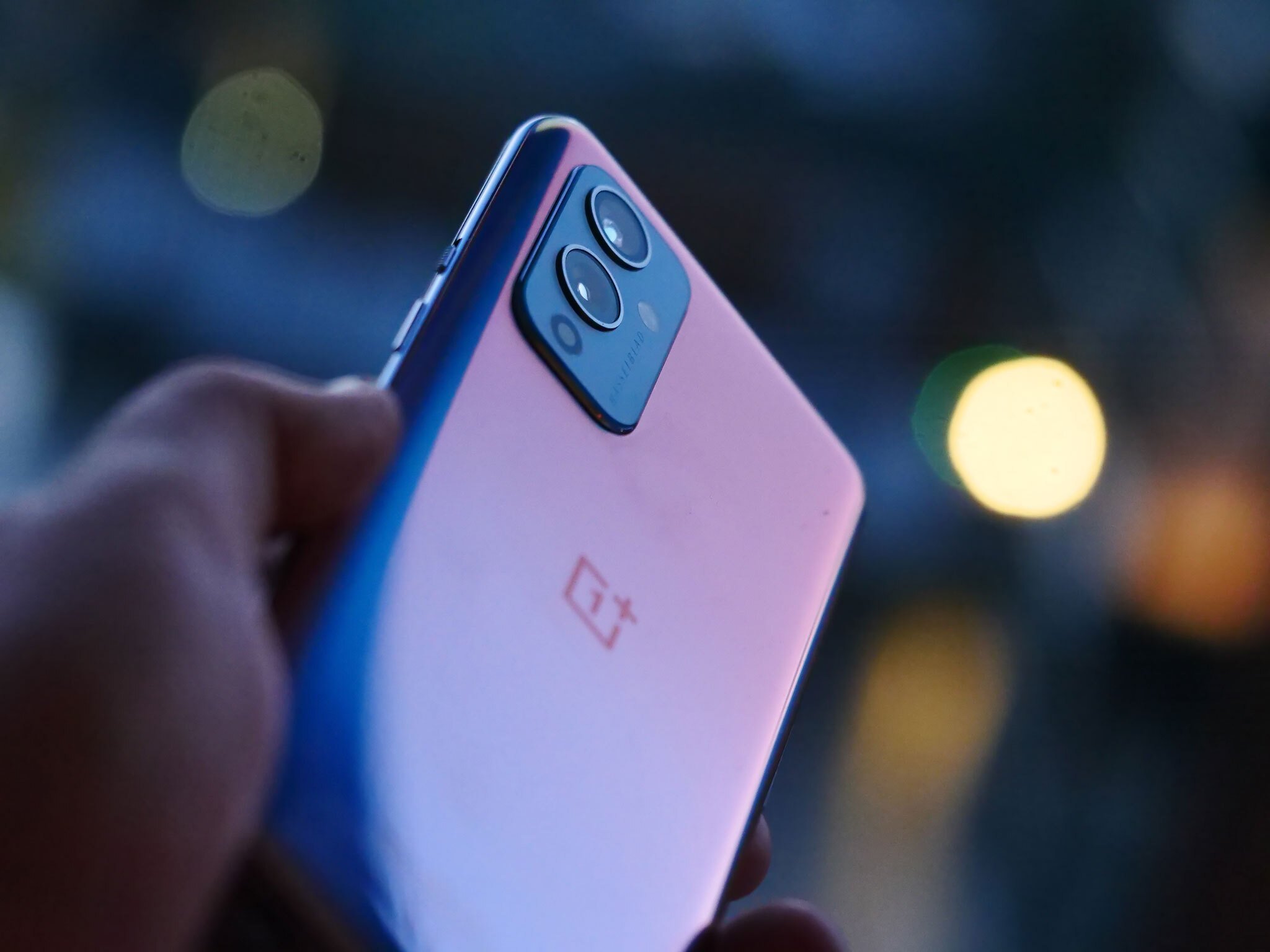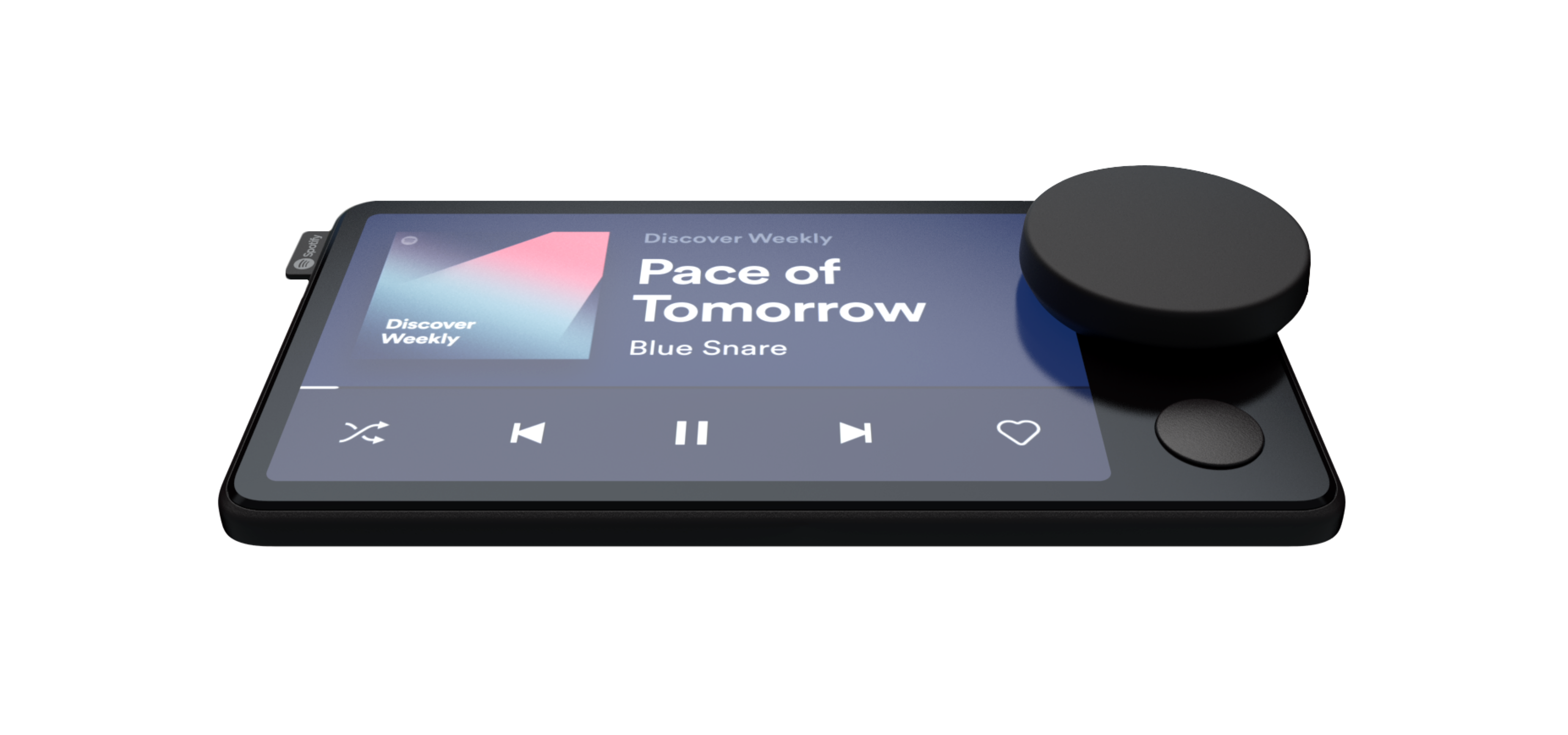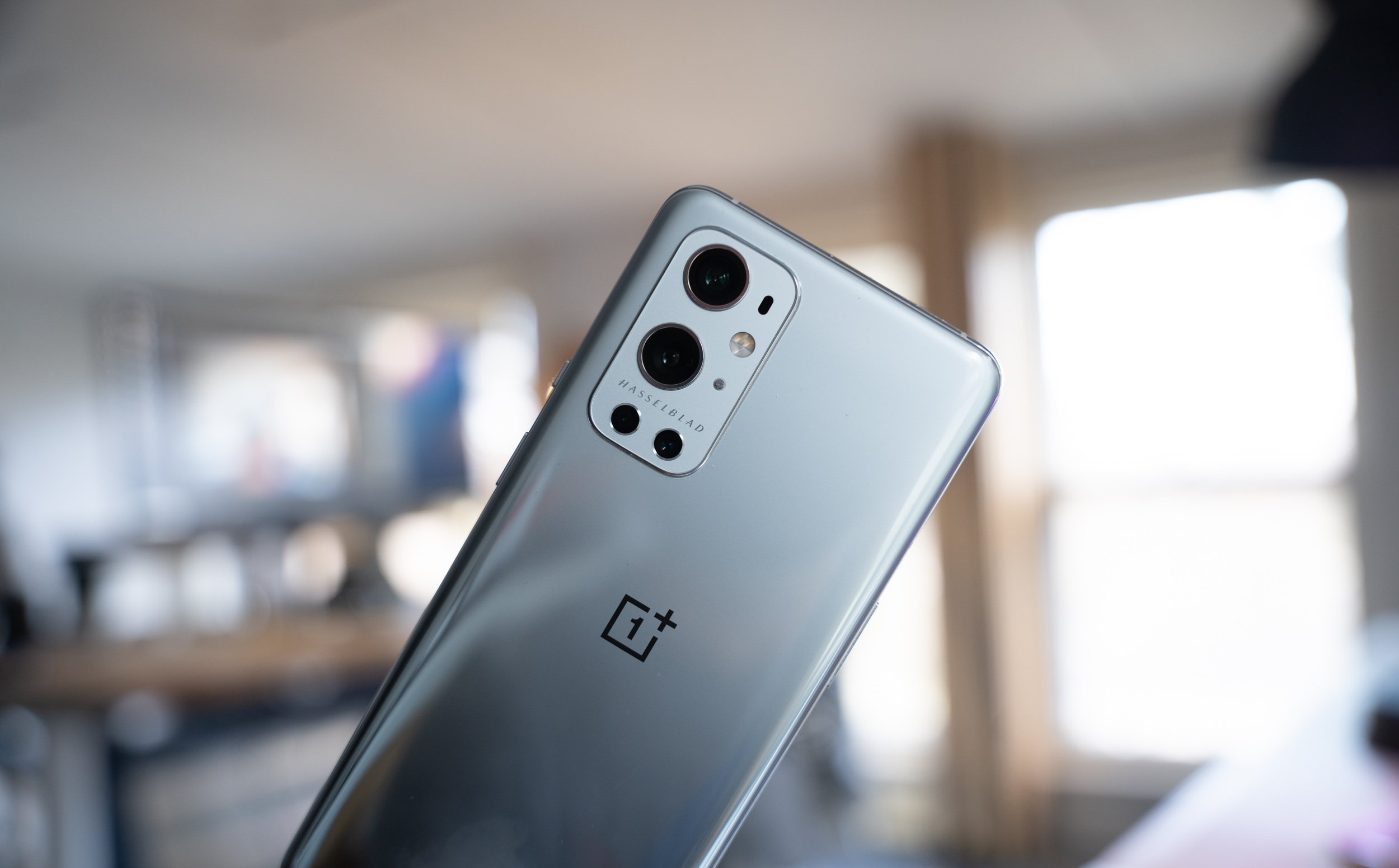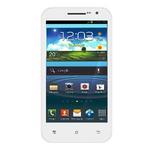Should you get a tri-band Wi-Fi 6 router from TP-Link or Netgear - Android
Ticks every box
TP-Link Archer AX90
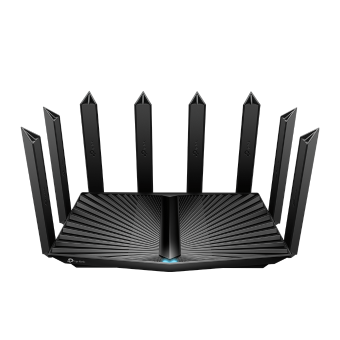
$300 at Amazon
Pros
- Fast tri-band Wi-Fi 6
- 2.5Gbps WAN/LAN Ethernet
- Set it up with an Android app
- Support for OneMesh expansion
Cons
- HomeShield requires a paid subscription
The TP-Link Archer nails the sci-fi look with a design that looks inspired by Art Deco with a dash of Neo-Futurism. It delivers AX6600 Wireless speeds with eight-stream tri-band Wi-Fi 6 for added capacity in congested areas compared to dual-band. This router also comes with a 2.5Gbps WAN/LAN port for those with a high-speed home network.
Fast as lightning
Netgear Nighthawk RAX70
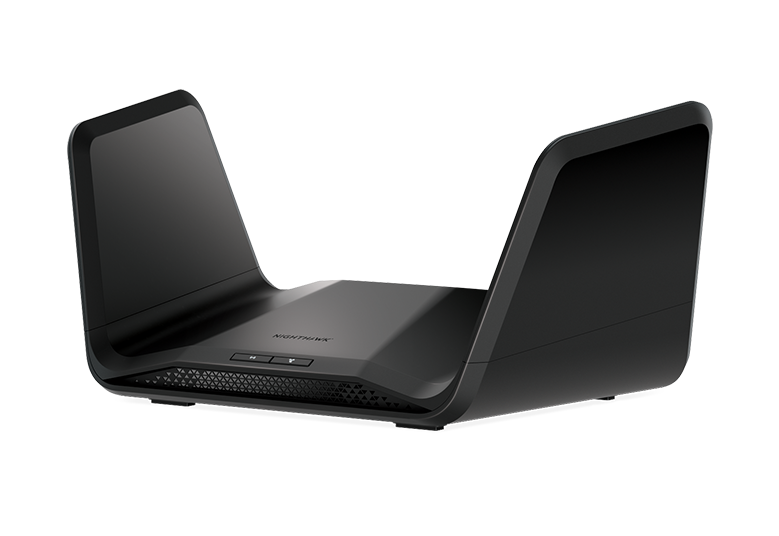
$297 at Amazon
Pros
- Fast tri-band Wi-Fi 6
- Ethernet Link Aggregation
- Works with Amazon Alexa and Google Assistant
- Set it up with an Android app
Cons
- No multi-gig Ethernet
- Netgear Armor requires a paid subscription
The Netgear Nighthawk RAX70 continues Netgear's handsome spaceship-like design with its six antennas concealed in the wings. This router delivers tri-band Wi-Fi 6 speeds up to AX6600, and I love that it has a hardware switch to disable the device LEDs. Netgear's great software backs up this router with Alexa and Google Assistant support.
Both of these routers offer excellent tri-band Wi-Fi 6 speeds with plenty of capacity for most homes. The Archer AX90 stays a bit more focused on speed thanks to a 2.5Gbps Ethernet port for WAN or LAN alongside the fast AX6600 wireless connection. The Nighthawk RAX70 matches the AX90's wireless capability but falls a bit short, requiring link aggregation for WAN or LAN speeds higher than 1Gbps. The Nighthawk makes up a bit of ground thanks to its Amazon Alexa and Google Assistant integration but still isn't worth the higher suggested price than the Archer AX90.
TP-Link Archer AX90 vs. Netgear Nighthawk RAX70: With MU-MIMO, who needs tri-band?
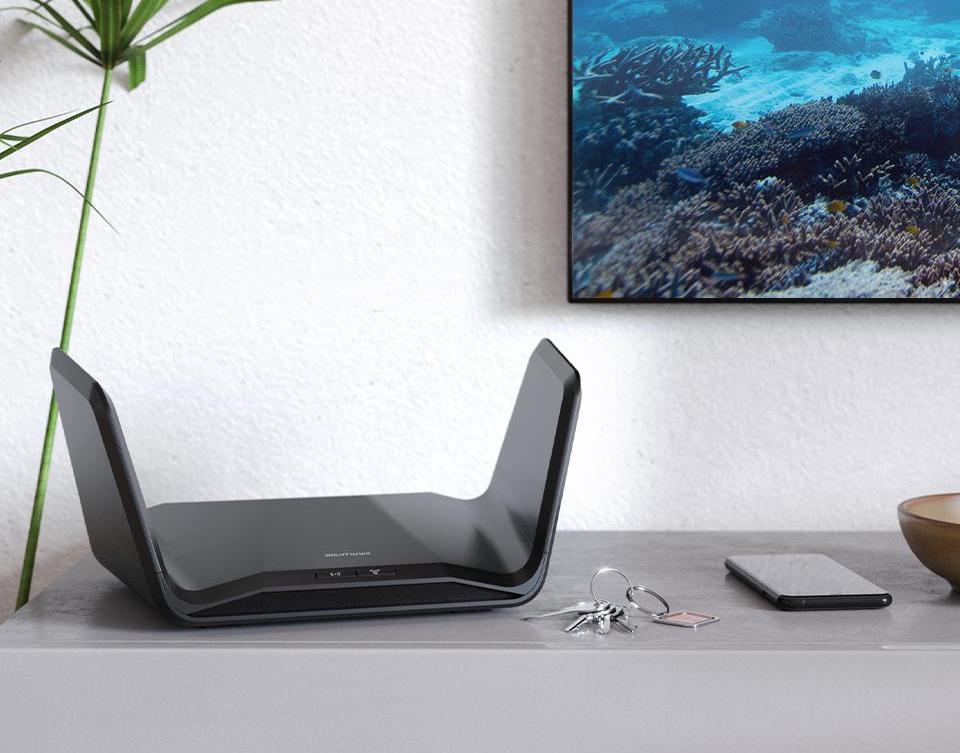
Most Wi-Fi 6 routers available today stick to dual-band connections with increased speed and capacity-driven by offering more streams on a single 5GHz band. Some earlier tri-band Wi-Fi 6 routers would limit Wi-Fi 6 support to one or two bands, such as the Asus RT-AX92U or the AmpliFi Alien. With four Wi-Fi 6 streams at 5GHz delivering up to 4.8Gbps on many modern routers, do you even need tri-band with Wi-Fi 6? If you live in a dense area, you just might.
Both the TP-Link Archer AX90 and the Netgear Nighthawk RAX70 offer Wi-Fi 6 on each band with two streams at 2.4GHz, two more on the lower 5GHz band, and four on the higher 5GHz band. This puts most of the capacity where there's the least congestion making either of these routers a great choice for dense areas with lots of Wi-Fi congestion.
| TP-Link Archer AX90 | Netgear Nighthawk RAX70 | |
|---|---|---|
| Wi-Fi spec | Tri-band Wi-Fi 6 8-stream AX6600 | Tri-band Wi-Fi 6 8-stream AX6600 |
| Wireless speed | 0.6Gbps at 2.4GHz 1.2Gbps + 4.8 at 5GHz | 0.6Gbps at 2.4GHz 1.2Gbps + 4.8 at 5GHz |
| Ethernet | 3x gigabit LAN 1x gigabit WAN/LAN 1x 2.5Gbps WAN/LAN | 4x gigabit LAN 1x gigabit WAN |
| Link Aggregation | None | WAN + LAN 4 LAN 1 + LAN 2 |
| USB | 1x USB 3.0 | 1x USB 3.0 1x USB 2.0 |
| Dimensions (inches) | 12.2x.1x6.2 | 13.66x8.15x3.31 (unfolded) |
| Optional subscriptions | TP-Link HomeShield | Netgear Armor |
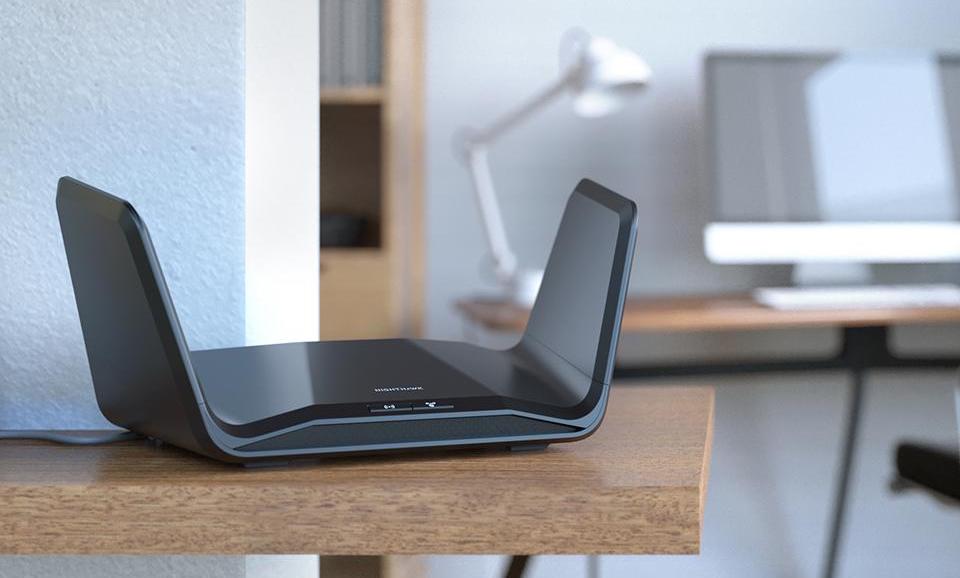
For most homes, the AX6600 speeds should be more than enough for even large families. Even with a gigabit internet connection, both of these routers should be able to keep up with no issue. The speeds break down to around 600Mbps on the 2.4GHz band, 1201Mbps on the lower 5GHz band, and 4804Mbps on the second 5GHz band with 160MHz support.
Older dual-band routers can only operate at 5.2GHz, but newer models can use either 5.2GHz or 5.8GHz with more bandwidth available at 5.8GHz. Tri-band routers give you both options at once with supported devices with strong connections being able to utilize the higher-frequency bands.
Both routers have enough coverage for even large homes, and your speeds will be consistently fast even in densely populated areas with lots of wireless traffic. You can use an app like Wifi Analyzer available on Google Play Store for Android phones to get an idea of wireless traffic in your area. If you're the only one there, you may not see any benefits from tri-band, but if you live in an apartment complex or townhouse, you could see some significant improvement.
The AX90 supports TP-Link's OneMesh, which allows you to use another TP-Link OneMesh device to expand your coverage. With a fast 5GHz band for a mesh connection, you can create a very fast network, but if you need a lot of coverage, you would likely be better suited with a purpose-built Wi-Fi 6 mesh system.
TP-Link Archer AX90 vs. Netgear Nighthawk RAX70: Wired connectivity
The TP-Link Archer AX90 comes equipped with five total Ethernet ports. Three ports are simply gigabit LAN ports with a one-gigabit port that can be WAN or LAN. There's also a 2.5Gbps port that can be used for WAN or LAN, depending on if you're trying to connect a fast NAS or have a fast multi-gig home network already in place. There are also a USB 3.0 port and a USB 2.0 port available storage devices.
The Archer AX90 takes the edge when it comes to wired connectivity.
Netgear sticks to five gigabit Ethernet ports with multi-gig speeds available through link aggregation. You can use link aggregation for WAN and LAN if you have a modem or other hardware that supports it. Still, it's not a huge deal since most people won't have any multi-gig devices to hook up.
TP-Link Archer AX90 vs. Netgear Nighthawk RAX70: Software
Both routers offer easy setup via an Android app. You can also set up and manage your router settings through a web browser on a PC for more advanced controls. Most people will be happy with the settings in the apps, but it's nice to know that you can do more if you need to.
TP-Link and Netgear both offer an optional security subscription service with HomeShield and Armor. HomeShield has a free tier with a few content blocking and security scans, though, without the full service, it's not very useful for most people. HomeShield Pro costs $54.99 per year or $5.99 per month and adds an actual firewall to protect you from security threats. HomeShield also includes advanced parental controls with profiles, content filtering, and schedules.
Netgear Armor costs $69.99 per year with security provided by Bitdefender. Beyond that, you get network scans and vulnerability reports with recommendations to improve your security. Armor also includes a VPN for extra security on the go. Parental controls are lacking, with only basic site-blocking available. If you're looking to keep tabs on what your kids are doing online, TP-Link has the stronger package.
TP-Link Archer AX90 vs. Netgear Nighthawk RAX70: Which should you buy?
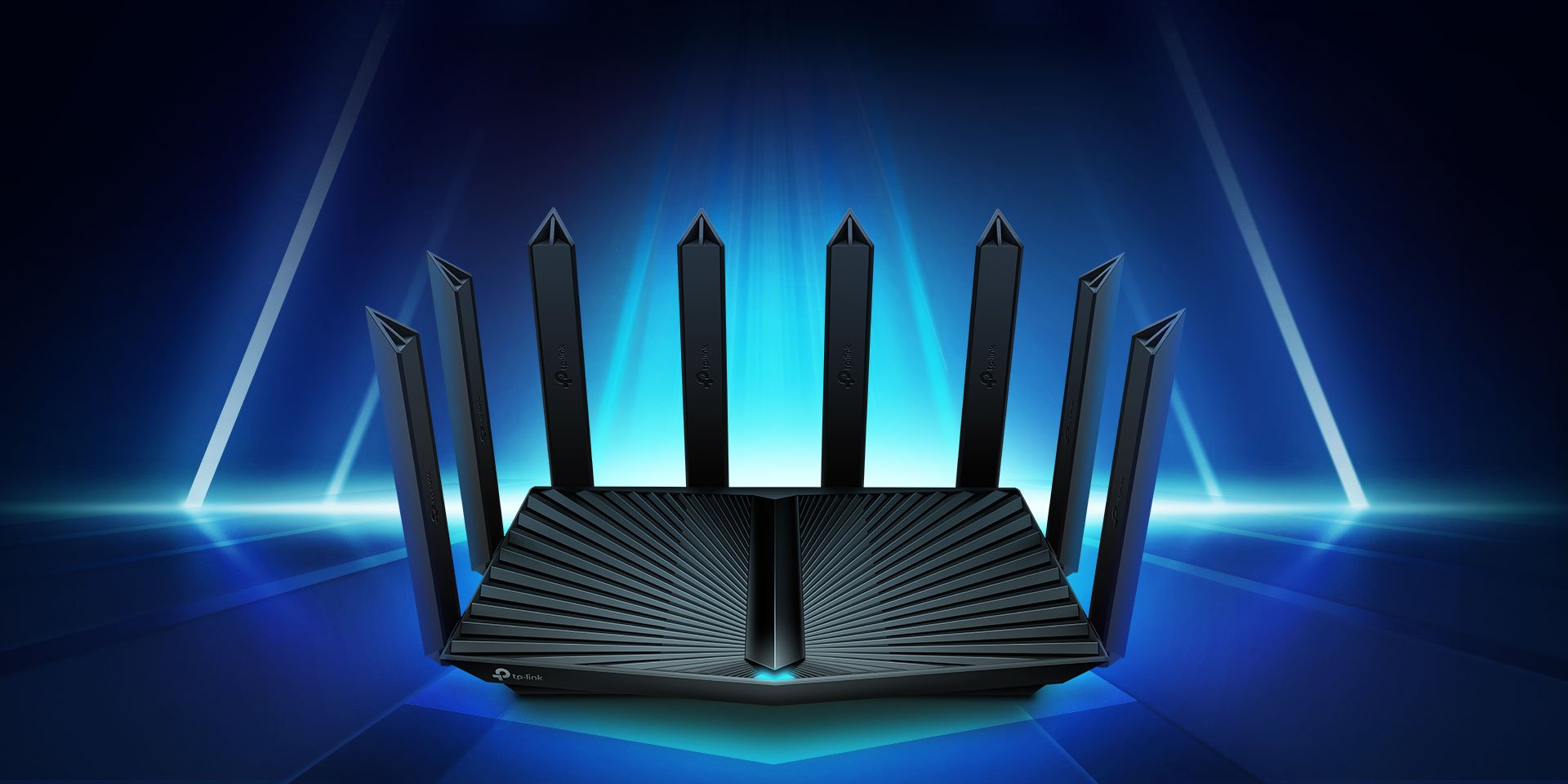
When it comes down to it, both routers will deliver more than enough speed and capacity for most people for the next few years. Even so, TP-Link has a stronger overall package with its multi-gig WAN solution not requiring multiple ports. HomeShield is also a bit more useful though many people will be happy to bypass this subscription completely.
The Nighthawk RAX70 is still a strong router, and there's a reason that both of these are some of the best Wi-Fi 6 routers you can get. Most of the time, the TP-Link will be cheaper as well, but if you find the Netgear for a good price, you're still going to get amazing speeds with plenty of capacity for years to come.
Ticks every box
TP-Link Archer AX90

Everything you need and then some
$300 at Amazon $330 at Best Buy
If you want to build one of the fastest home networks, the Archer AX90 is a great option with 2.5Gbps Ethernet and AX6600 Wi-Fi.
Fast as lightning
Netgear Nighthawk RAX70

Plenty of speed for most homes
$297 at Amazon $350 at Best Buy
The Nighthawk RAX70 is a great fit for a home with lots of interference thanks to its tri-band Wi-Fi 6 setup with two 5GHz bands.
13/04/2021 09:00 PM
Here are the best places to get your hands on the OnePlus 9 and 9 Pro
13/04/2021 04:16 PM
Spotify launches its in-car entertainment system ‘Car Thing’ in U.S.
13/04/2021 01:00 PM
OnePlus 9 Pro review - taking on the Ultras
13/04/2021 01:53 PM
Oppo Find X3 Pro users are about to get much better 5G performance
13/04/2021 01:58 PM
OnePlus Watch review - Don’t settle for this one
13/04/2021 11:02 AM
Pre-orders for the $159/£149 OnePlus Watch go live tomorrow
13/04/2021 12:48 PM
Discord blocks adult NSFW servers on its iOS app
13/04/2021 07:48 PM
Jiggle Physics 076 - Deathloop Delay; Outriders Review; Next Kojima Project
13/04/2021 07:13 PM
- Comics
- HEALTH
- Libraries & Demo
- Sports Games
- Racing
- Cards & Casino
- Media & Video
- Photography
- Transportation
- Arcade & Action
- Brain & Puzzle
- Social
- Communication
- Casual
- Personalization
- Tools
- Medical
- Weather
- Shopping
- Health & Fitness
- Productivity
- Books & Reference
- Finance
- Entertainment
- Business
- Sports
- Music & Audio
- News & Magazines
- Education
- Lifestyle
- Travel & Local
